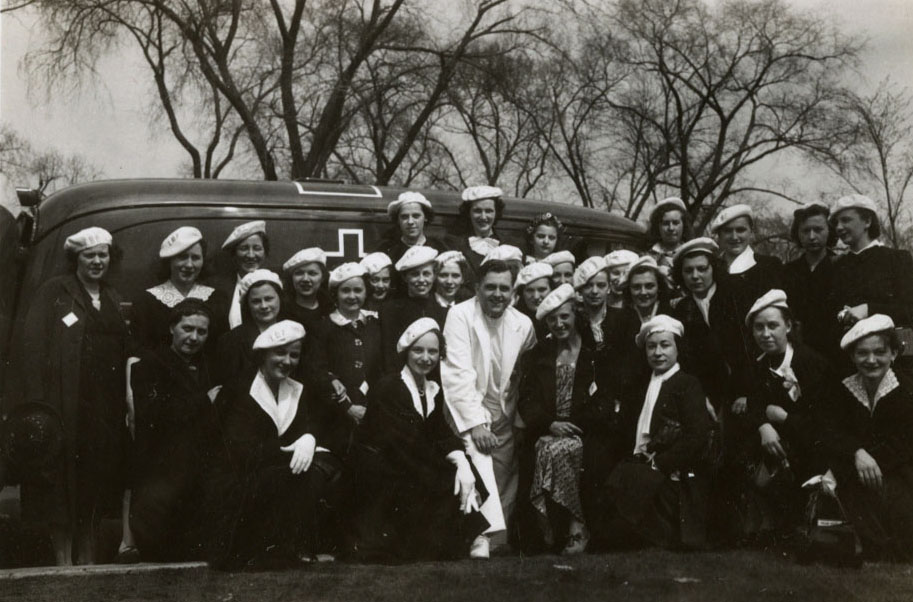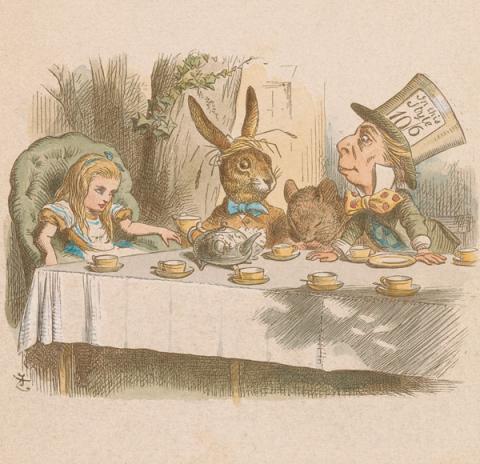Sustainability and the Women & Leadership Archives
The sustainability of digital exhibits and collections is fundamentally important to the lasting significance of a cultural institutions online presence. Why bother going to the lengths of creating an engaging, interactive, and most importantly, costly website if it will not work in a few years time? In our reading for this week, Ithaka S+R’s Searching for Sustainability: Strategies from Eight Digitized Special Collections provides case studies with examples for curators of digital content to consult when formulating sustainability at their institutions. The examples from the study portray the following strategies:
-
Building a comprehensive digital collection and creating a vital revenue stream through commercial partnerships
-
Sustainable growth through collaborative partnerships
-
Building User Engagement for a Sustainable Future
-
Cultivating a targeted user group for support and content
-
Upfront investment in user-friendly back-end systems allows for continual growth
-
Investing in distributed capacity-building for continuous growth
-
Shared infrastructure supports long-term sustainability and modest growth
-
Securing institutional support for a national mission
(source: Deanna Marcum, Nancy L. Moran, Sarah Pickle. http://sr.ithaka.org/?p=22647)
Since I work for the Women & Leadership Archives (WLA) on Loyola University Chicago’s campus, and my project group is currently building a digital exhibit to be housed on its website, I decided to look at possible sustainability problems that may arise with one of the WLA’s current exhibits. One exhibit in particular may prove to be more difficult to maintain later on: The Legion of Young Polish Women Digital Exhibit.

The Legion of Young Polish Women exhibit is hosted on Loyola University Chicago’s server and uses Omeka to display the artifacts and papers that articulate the narrative of the organization’s history. Along with scans of correspondence and images of individual founders, the exhibit includes audio and video from members narrating accounts of certain charitable events the legion participated in. The files videos download in the .mov format, which uses Quicktime as its player. However, a major problem that emerges for digital historians is keeping file formats up to date with the latest technology. In fact, that reality has already come to pass. For example, older versions of Quicktime, like the one this exhibit utilizes, will no longer be supported on Apple products as of January, 2016. Certain portions of this exhibit may already out of reach for a specific audience of user if they use Quicktime 7.0 or earlier. Unfortunately, these are the harsh realities of working with sustainability in the digital world
When considering our own exhibit, we will have to consider the formats that will be the most sustainable for future researchers to use for years to come.

